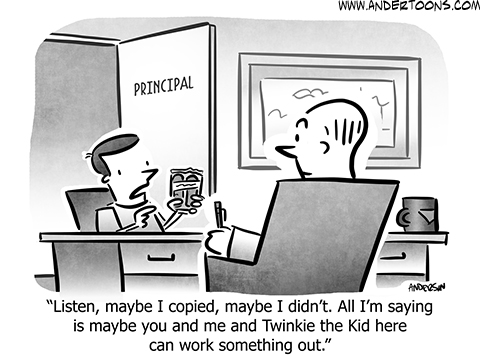17 Seconds #64 – A Publication For Clients And Other VIPs.

In order for any invention to “infringe” a current patent, the invention must contain each element of the patent, or the invention must contain elements that perform substantially the same function in the same way to achieve the same result. This latter concept is known as the “Doctrine of Equivalents.” For example, if a current patent contains three elements (A+B+C), and your invention contains four elements (A+B+C+D), then your invention would infringe the patent. If you substituted element A2 for A, but element A2 performs the same function, in the same way, and achieves the same result as A, then your modified invention (A2+B+C) would still infringe the patent. However, if you remove one of the elements (removing A) from your invention (now B+C) or if you change one element (changing A to E) so that it performs a different function, performs in a different way, or achieves a different result, then your modified invention (B+C or E+B+C) would not infringe the patent. So one way to avoid infringing a patent is to “design around” the invention by either (1) eliminating an element or (2) changing the function, manner, or result of an element.
17 Seconds is a publication for clients and other VIPs of Clocktower Law. Email version powered by MailChimp and the beat of a different keyboard player.



